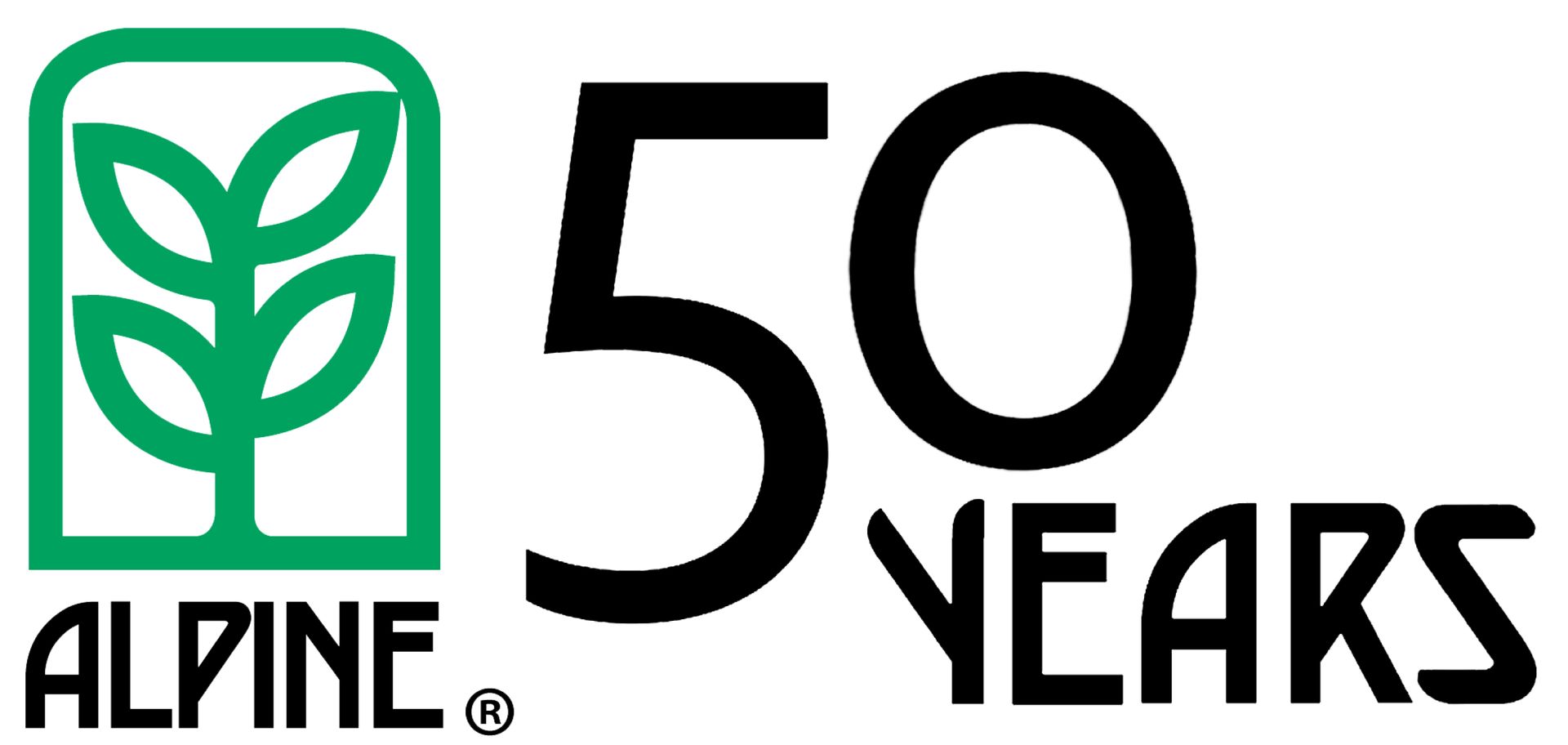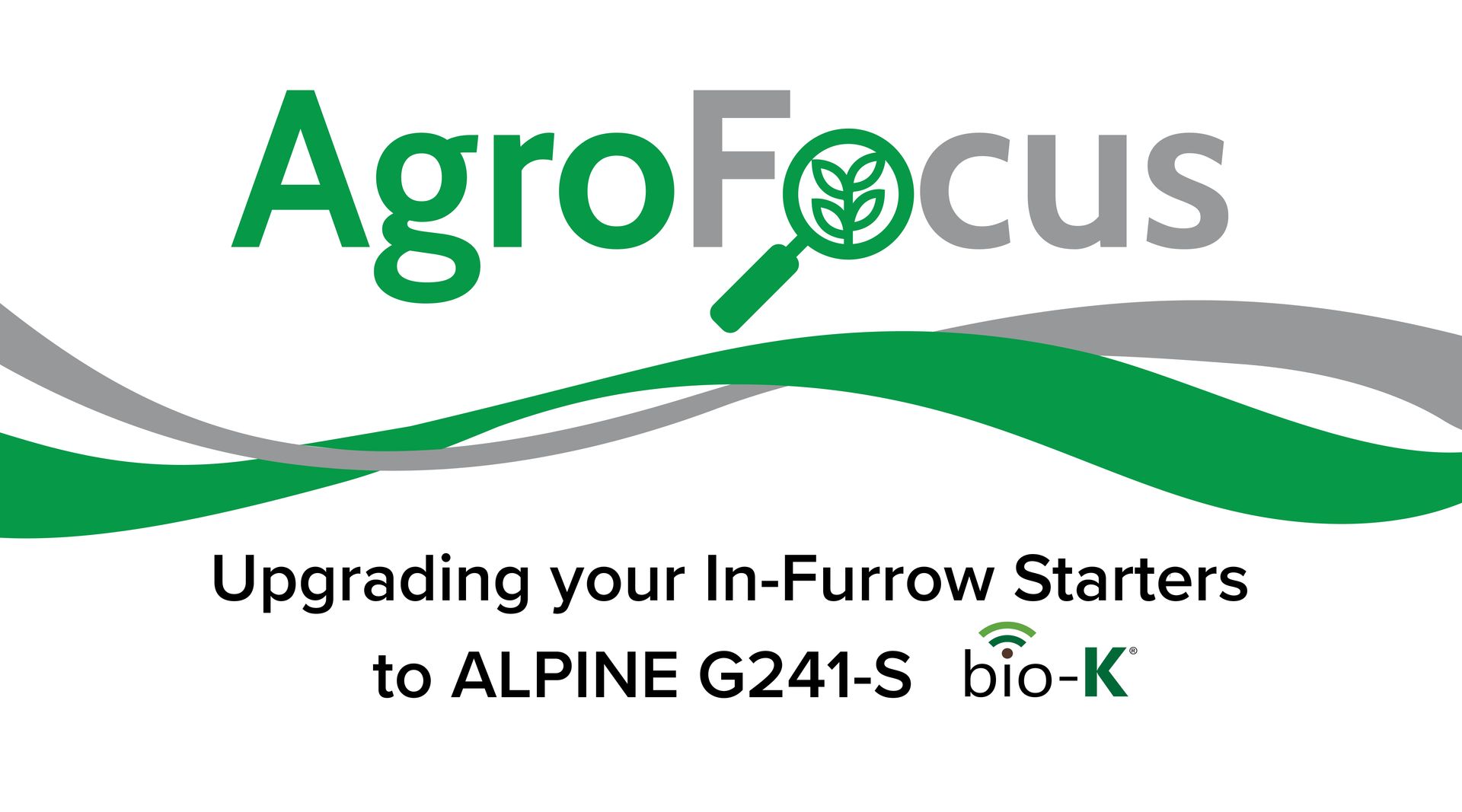Strategic and Profitable Plant Nutrition
In recent years, NACHURS has invested heavily in new product development and testing. Over the past several years NACHURS has led the industry with the launch of world class technologies such as Bio-K, Rhyzo-Link, Aqua-Tech, and YaraVita PROCOTE. We have created plant nutrition programs and protocols that are proven and work. Going on 71 years, NACHURS has led the industry in liquid nutrition innovation and technologies. In December, we launched Rhyzo-Link LF. This is the pure PGPR we blend into our Rhyzo-Link blends. Having Rhyzo-Link LF available allows this important technology to be applied with any fertility system or program. For example, Rhyzo-Link LF can now be added to any of our blends right in the field. Now that conservation, precision placement, soil and water stewardship has gained industry attention and traction, it’s even more impactful and significant how NACHURS has been the leading contributor of all this for decades. With that said, I would like to share some programs that have been very successful and profitable to producers of late. In furrow, seed applied starter on corn and other crops has been a common practice for years and continues to be incorporated into planting sequences and rotations. As we are busy in the shop and office preparing and planning nutrient management programs for corn, consider one or more of the following NACHURS nutrition programs: Corn in Furrow, 2x2 & Foliar Program Options 3 – 5 g/ac NACHURS 6-24-6 + 25 oz/ac NACHURS Rhyzo-Link LF + 1 – 2 pt/ac NACHURS 9% EDTA Zn. If you are a fan of our NACHURS imPulse, NACHURS 9-18-9 or NACHURS 3-18-18, Rhyzo-Link LF can be used with them as well. If your program is a 2x2 system, make your poly blend complete by including NACHURS K-fuel (0-0-24) or NACHURS K-flex (0-0-19-6S) in a 5:1 ratio. This will give your 2x2 application a complete NKP blend and not ignore the vital and much neglected potassium boost you corn starves for. If you use UAN sidedress and inject it into the soil, include NACHURS K-fuel or NACHURS K-flex at an 8:1 ratio in that mix as well. With your glyphosate application, serious consideration should be given to including 1 qt/ac of NACHURS Finish Line. This micro-blend has been a welcomed and proven addition to NACHURS product lineup. If you layby at V5 with a last shot of glyphosate, including 1 g/ac of NACHURS SRN and 1 qt/ac Finish Line will help launch the pending rapid growth stage to another level. If you apply a pre-tassel fungicide, adding 1 – 2 g/ac of NACHURS SRN is a common practice. Some customers use NACHURS K-fuel plus NACHURS Finish Line instead. Both give the flowering plant a shot of plant food as transitions from vegetative to reproductive growth stage.
In recent years, NACHURS has invested heavily in new product development and testing. Over the past several years NACHURS has led the industry with the launch of world class technologies such as Bio-K, Rhyzo-Link, Aqua-Tech, and YaraVita PROCOTE. We have created plant nutrition programs and protocols that are proven and work. Going on 71 years, NACHURS has led the industry in liquid nutrition innovation and technologies. In December, we launched Rhyzo-Link LF. This is the pure PGPR we blend into our Rhyzo-Link blends. Having Rhyzo-Link LF available allows this important technology to be applied with any fertility system or program. For example, Rhyzo-Link LF can now be added to any of our blends right in the field.
Now that conservation, precision placement, soil and water stewardship has gained industry attention and traction, it’s even more impactful and significant how NACHURS has been the leading contributor of all this for decades. With that said, I would like to share some programs that have been very successful and profitable to producers of late.
In furrow, seed applied starter on corn and other crops has been a common practice for years and continues to be incorporated into planting sequences and rotations. As we are busy in the shop and office preparing and planning nutrient management programs for corn, consider one or more of the following NACHURS nutrition programs:
Corn in Furrow, 2x2 & Foliar Program Options
- 3 – 5 g/ac NACHURS 6-24-6 + 25 oz/ac NACHURS Rhyzo-Link LF + 1 – 2 pt/ac NACHURS 9% EDTA Zn. If you are a fan of our NACHURS imPulse, NACHURS 9-18-9 or NACHURS 3-18-18, Rhyzo-Link LF can be used with them as well.
- If your program is a 2x2 system, make your poly blend complete by including NACHURS K-fuel (0-0-24) or NACHURS K-flex (0-0-19-6S) in a 5:1 ratio. This will give your 2x2 application a complete NKP blend and not ignore the vital and much neglected potassium boost you corn starves for.
- If you use UAN sidedress and inject it into the soil, include NACHURS K-fuel or NACHURS K-flex at an 8:1 ratio in that mix as well.
- With your glyphosate application, serious consideration should be given to including 1 qt/ac of NACHURS Finish Line. This micro-blend has been a welcomed and proven addition to NACHURS product lineup.
- If you layby at V5 with a last shot of glyphosate, including 1 g/ac of NACHURS SRN and 1 qt/ac Finish Line will help launch the pending rapid growth stage to another level.
- If you apply a pre-tassel fungicide, adding 1 – 2 g/ac of NACHURS SRN is a common practice. Some customers use NACHURS K-fuel plus NACHURS Finish Line instead. Both give the flowering plant a shot of plant food as transitions from vegetative to reproductive growth stage.










